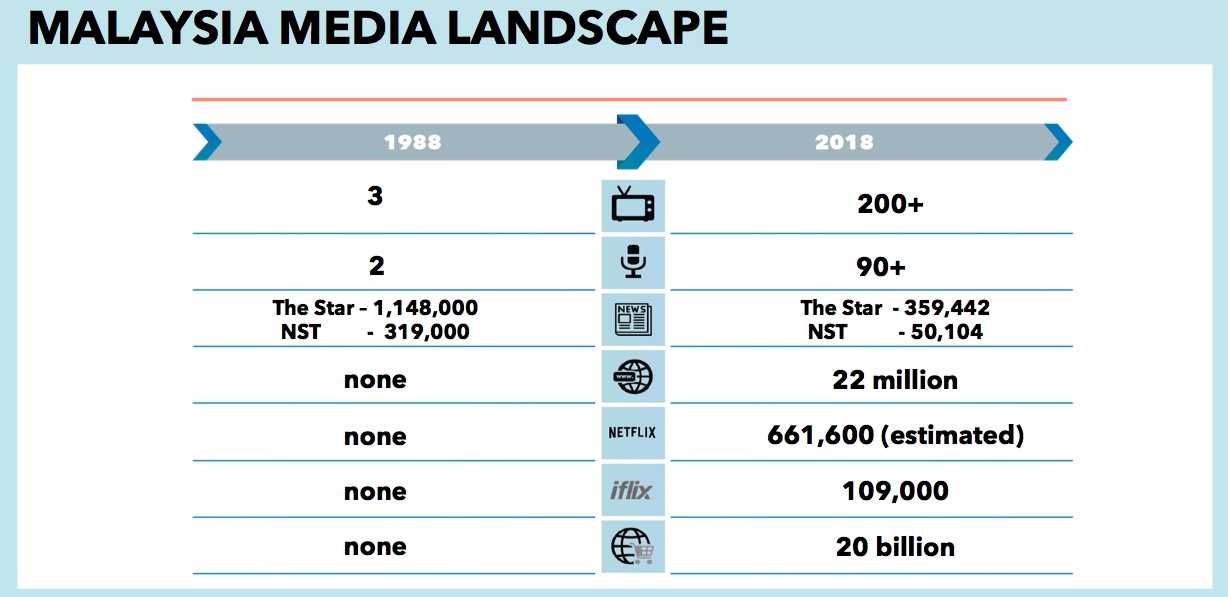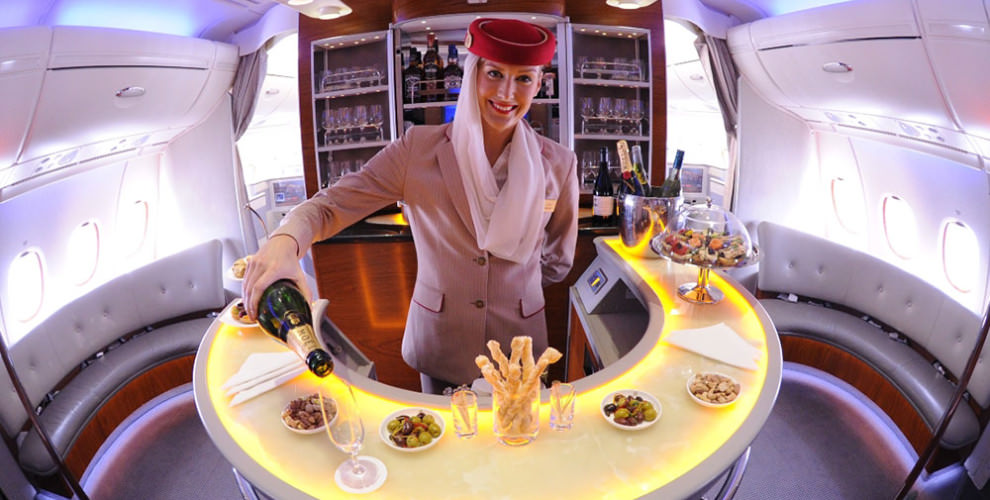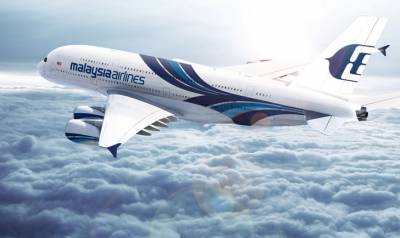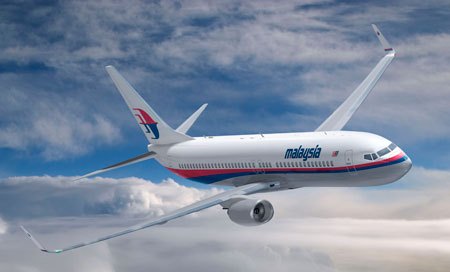I was invited to participate in a conversation on Recovery Branding for Tourism. You can watch the video here.
I think the video is worth watching, but if you don’t have time, I’ve added my responses to the questions below
Introductions
On the personal front I’m Marcus Osborne. I’ve lived in Malaysia since 1994, I’m married to a Sarawakian and have 3 kids all born in Kuching and they all are very proud of their heritage.
On the professional front, I co-founded Fusionbrand in 2003 after a career in marketing & sales in Europe the Middle East and SE Asia.
We founded Fusionbrand because we saw how the branding landscape was changing and that although branding was becoming more complex and necessary, most firms thought it was related to positioning, taglines, logos etc.
Then and even now, most firms see branding or rebranding as a cosmetic tactical exercise like changing a logo, developing a tagline or creating a new advertising campaign. We also noticed that a lot of businesses were stuck more in a trading mentality and didn’t invest enough in the brand experience or technology to assist them with brand building.
We determined that with an economy growing at up to 9% a year, this didn’t matter but we realized that as growth slowed and the world was getting smaller, more dynamic, more competitive, that cost was no longer a good enough differentiator and that building brands around delivering value would not only block local and international competition but also lower operating costs and increase profits.
So we established Fusionbrand and built the business around two primary pillars
- THE BRAND
- BRANDING
The Brand
A brand is the visual, historical, topography, environmental and cultural assets of the business or destination. It’s important you base these not on what you want the destination to be but on the reality of what it has to offer. For destination brands today, authenticity is key so it’s about leveraging the natural assets into something that’s of interest to key segments.
This becomes the destination’s DNA and it must have at its heart the goal of consistently delivering memorable experiences to consumers at every stage of their journey from the initial research to becoming part of the consideration set and then to become the chosen destination, through the visit and afterwards as well.
It’s really important therefore to have the buy in of all stakeholders, especially the front liners who often benefit the most. If stakeholders aren’t on board, it doesn’t work. This is often the hardest part, especially when, if they won’t adjust, then they have to be excluded.
Branding
Branding is about how we bring the brand to life, throughout the customer journey. Both through the narrative we create around the destination and its assets and how we encourage others to participate in the development of that narrative.
The narrative can take many forms and be communicated through multi channels but the DNA has to be consistent in terms of how the brand is represented. This consistency is more important than how creatively it is presented.
Most campaign driven marketing projects are a straight line whereas smart branding uses technology to connect with the consumer from the outset using a variety of tools and build a relationship that includes staying connected with them long after their first visit.
To be successful, you need to have a solid brand in place before you attempt branding. There’s no guarantee of success but technology allows us to measure the effectiveness of everything we do.
And you need a fair amount of luck as well.
The benefits of branding are significant – lower acquisition costs, better reputation, improved visitor numbers, higher repeat visits or purchases, increased investment and more.
Fail to do it and at best you get left behind which is why most Malaysian states aren’t attracting visitors, even those with outstanding natural assets.
At worst you spend millions every year trying to develop a creative campaign that will stand out in a crowded market place dominated by destinations with far deeper pockets.
And of course if something like a pandemic or other disaster happens, everything you’ve spent on traditional media is essentially wasted.
- From your perspective, could you give us the overview of the current situation in our Tourism Industry?
The industry has been hit hard, really hard. Look at hospitality, even before the MCO, in the first 3 months of the year 170,000 hotel bookings were cancelled.
The hotel industry alone is reported to have lost RM3.5 billion in the first 6 months of the year. That’s unsustainable. All related industries have been impacted and it’s not over yet.
But you only need to look at the social media pages of the minister to see she is working tirelessly to stimulate domestic tourism & its working because there has been a fair amount of revenge tourism since the MCO was partially lifted although that has been a double edged sword because a lot of destinations and hotels weren’t ready for the surge in visitors.
Moving forward, what I’d like to see is a more strategic approach to stimulating domestic tourism. There needs to be a plan outlining initiatives as well as new incentives from the government to stimulate demand and regular briefings from the communications team at MOTAC on what is being done and its impact.
From Sarawak’s perspective, I can see that STB is trying hard to stimulate domestic demand & I like how quickly the Sia Sitok programme was developed although if I’m not mistaken, its only available for those living in Sarawak. If this is still the case, I suggest it is extended to West Malaysians.
At the same time STB seems to be moving away from mass advertising to developing branded content. This long term focus will help the state rebound quicker once the pandemic is over as potential visitors will be increasingly familiar with the state.
Because the way destinations are researched these days means experience related content is critical as it drives visitors to a website or blog which allows a tourism board to start the relationship building process through the use of email marketing and other tools. It also allows tourism boards to develop revenue streams by using affiliate marketing.
There’s a real possibility that as governments look for ways to reduce costs, pay for COVID economic stimulus packages or decide agencies now have to generate their own revenue streams, technology will help tourism boards achieve this.
Used correctly, technology allows tourism boards to have more control over their messaging. When visitors to a website or blog don’t sign up for newsletters or leave contact information they can still be reached with retargeting, allowing the destination to stay relevant for longer.
I also think the private sector needs to understand that it’s not just the job of the government to drive visitors to Malaysia, the private sector needs to contribute as well. This is going to require a mindset change.
2. What are the prevalent branding practices during this pandemic (tourism or other industries) and what do you think of them?
On a Sarawak level, there seems to be a pivot away from international markets to domestic ones. This is necessary but I think content creation related to experiences needs to be ramped up. And improvements can be made to how social media is used.
On a national level there doesn’t seem to be much marketing with the exception of Desaru that is advertising a lot online but the website is buggy and doesn’t provide enough information or seamless opportunities to purchase products. Desaru could learn from the One and Only marketing experience.
From what I can see, just about every other state seems to have gone into its shell. This is sad because destinations can use the pandemic to forge long term bonds with domestic tourists now that could last for years, even generations.
Digital is underused & under appreciated
Digital can be used to build interest in destinations, forge relationships with travellers and close deals. But it’s important to appreciate that digital is not a broadcast platform. It’s a platform for connecting with people. This requires structural change and a move away from how things have been done for the past 40 years.
Today, destination brands must be constantly connecting with audiences to get the most out of social media. There is the potential to build DTC relationships that will benefit destinations in the long run. But this means digital infrastructure has to be changed as the old rules, even before Covid no longer apply.
Industry wide structural issues
However there are other structural issues that have to be addressed as well. There are not enough ‘best in class’ products in Malaysia. My theory is too many products are created from the wrong perspective. The goal is not to create a product. The goal is to create an authentic experience that delivers economic, experiential and emotional value.
For example a homestay is not about creating a building in a kampung and calling it a homestay. A homestay is about creating an authentic experience. Everything about it should mirror the reality of the kampung. If it doesn’t it fails.
3. What are the new norms for tourism branding?
COVID has given us an opportunity to evaluate the national and state tourism industry as well as the agencies that are responsible for the development of the industry and the marketing of Malaysia and states.
And this is timely because there’s a problem with the industry. Tourism arrivals have been flat for ten years. Unsavoury practices within the industry are destroying Malaysia’s brand equity and need to be addressed because they won’t go away. Now is the time to take a long hard look at who manages the industry, how it is managed and where it is going because things must change.
A road map for investment needs to be developed around pillars that will drive the industry forward for the next 20 years. I think one pillar that should be explored thoroughly is tourism investment zones.
Until there’s a vaccine, it’s going to take a long time for international travel to pick up. Corridors will be the first step and marketing teams will have to adapt. We’re already hearing about a corridor between Perth and Langkawi. That’s a great development but it’s a small step.
With the right approach, we could see charter flights into Sarawak from certain locations but we need the products to attract visitors from those sources. This requires a pivot away from what we’ve done for the past 20 years.
Transparency is a critical success factor
Transparency is going to be really important. Who knows what the psychological impact of covid is going to be but we can sure that with all the uncertainty around the pandemic and the poor handling of the fallout by many important sources of visitors to Malaysia like the UK, transparancy will play a big part in generating traveller confidence in a destination.
Other new normal branding initiatives will be the use of visitor tracing apps in the supply of information. Leverage on the excellent work done by the Ministry of Health by providing information on health and safety in marketing collaterals and define protocols while providing easy access to real time information.
Those travellers who are exploring medium and long haul trips will look for ease of access to COVID related information around a destination. And they’ll cross reference it against what they can find online. Those that are transparent and open.
So destinations that use a multi channel approach to their branding and provide real time COVID updates, provide hot lines for visitors, seamless advice on what to do if there is a surge in numbers etc on a regular basis will build trust and give potential travellers the information they need to make travel plans. And once travel begins, make sure it’s a touchless travel experience to further build confidence.
These are new norms and confidence is key. Building confidence takes time. Now is the time to start.
On a tactical level, I think we’ve seen the end of the hotel buffet which is probably a good thing!
4. What essential element(s) should industry players be aware of when strategising their recovery branding?
Well the pandemic should go away but it won’t be an on/off lightbulb moment. It’s more likely to fade away, so there’s time to get ready. If they haven’t done so already, industry players should be doing or do the following:
- Review your operations, especially marketing departments and how they operate
- Review existing products & determine whether they are fit for purpose for a post Covid environment
- Build a strategy around what you have, not what you or stakeholders want to have
- Use down time to reskill your teams around delivering memorable experiences at every stage of the customer journey both online and off
- Look to renovate, invest in new materials, equipment etc. The industry will come out of this and when it does, the competition will be intense
- Create a brand plan. If you don’t have a plan everything you do is guesswork. Fusionbrand, a destination brand consultancy has noticed that firms with a brand strategy that incorporates a crisis plan are dealing with the COVID environment better than those who don’t have a plan
- Government & the private sector must move away from mass media marketing to creating content that builds organic narratives and collect data
- Data will be key. The post COVID travel environment will be different, so invest in data collection tools and use data to build direct relationships with target markets. Especially important for those destinations or products that don’t have the massive marketing budgets of competitors
- Reduce the number of stakeholders in the industry
- Industry players should be objective in their decision making. Collaboration between stakeholders is important to get out of this. This is not the time for stubbornness!
- Explore tourism investment zones, ideal for places like Sematan in Sarawak for instance
- Stay fluid. Community managers will play a big role as they keep followers involved and informed on developments in the relevant destination
- The fastest way to restore traveller confidence is by being accessible and transparent. Put protocols in place now to deal with a surge in social enquiries
5. New norm vs conventional ways. Do you think industry players would return to the conventional ways of doing things once this situation died down?
I hope not! We’ve been doing it wrong for some time. Which is why visitor numbers to Malaysia have remained around 25 million for the last 10 years.
The majority of people who visit, love Malaysia but products are not good enough to encourage return trips. There are exceptions but overall the quality and variety is simply not there. And many of the products are not marketed properly.
Moreover, regional competitors are constantly creating new offerings while Malaysia’s tend to stay the same. Plus the management of many of Malaysia’s tourism products leaves a lot to be desired.
Moving forward, there are not enough new products coming onto the market. This needs to change. Let’s hope it isn’t ignored once things get back to normal.
And there needs to be more synergy between TM & state tourism boards. Local destinations don’t market themselves aggressively enough.
And moving forward, I want to see the private sector investing more in the industry. If this requires policy change then so be it.
6. How can branding for a destination like Sarawak be done effectively now during the pandemic and after it has blown over?
It’s important to appreciate that branding is a strategic initiative. So although COVID has taken a toll on every destination, there should still be a road map in place to drive the industry forward and build the destination’s reputation. Much of that will remain although if the marketing focus was on mass media, that needs to change.
Tactically, getting West Malaysians to visit is the right approach for both the long term and the short term but it’s going to take time and they need to be nudged repeatedly before it’ll start happening.
But Sarawak can’t ignore international markets. I understand a new tourism master plan is being developed and this is good news for the industry. It’ll have to be ruthless as currently there are too many stakeholders in Sarawak so this master plan should streamline this and it needs to move away from the campaign approach of small tactical initiatives to a long term strategy.
And that strategy must be built around a clear brand proposition that is authentic and they must use this to unlock growth around 3 pillars, products, content & relationships. Those products should be built around 5 – 10 niche sectors, invest in them to ensure they are best in class.
Substantial investments need to be made in the tourism infrastructure. New products created for the right target markets.
Sarawak has a lot of potential but not as a shopping/mainland Chinese mass tourism destination. There will be business from China but not volume business. It’ll never be a mass market destination for anyone & shouldn’t try to be.
Sarawak will never have the accessibility that other destinations have but that shouldn’t stop Sarawak from becoming a globally respected destination. Something it could be in 5 – 10 years.
More importantly, the tourism master plan must propose a task force is created to implement the master plan because too many plans have been created only to gather dust on a shelf.


























